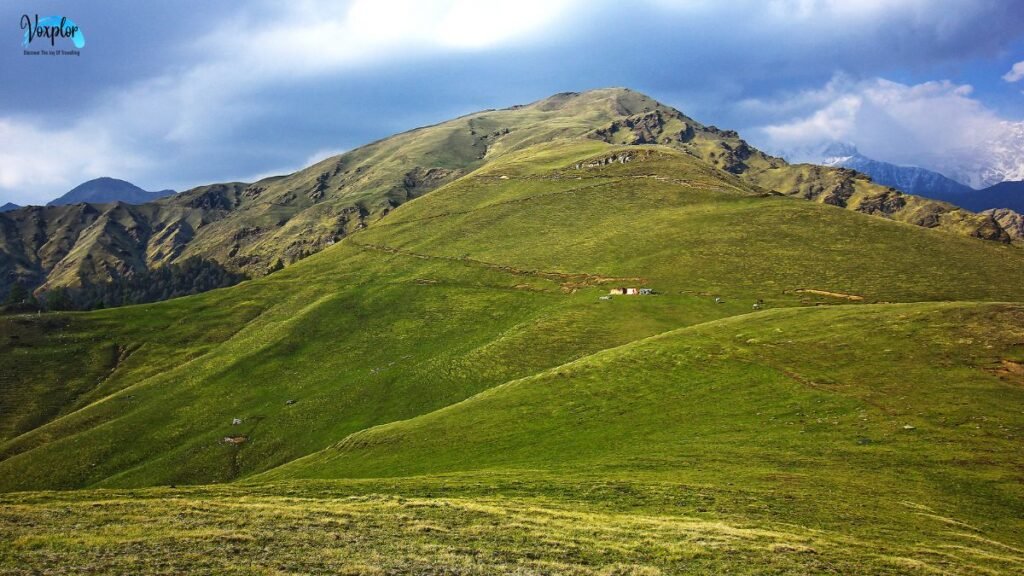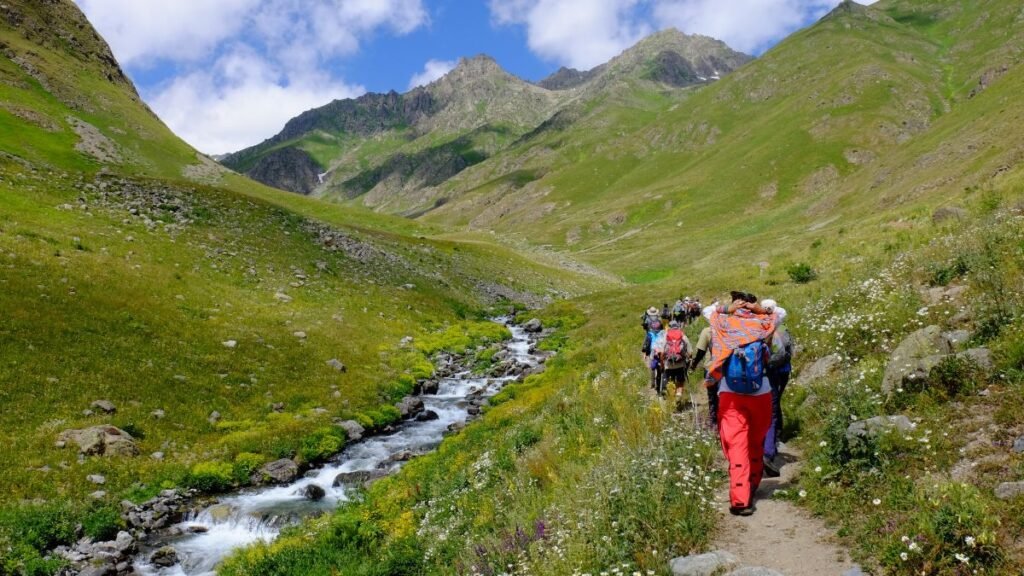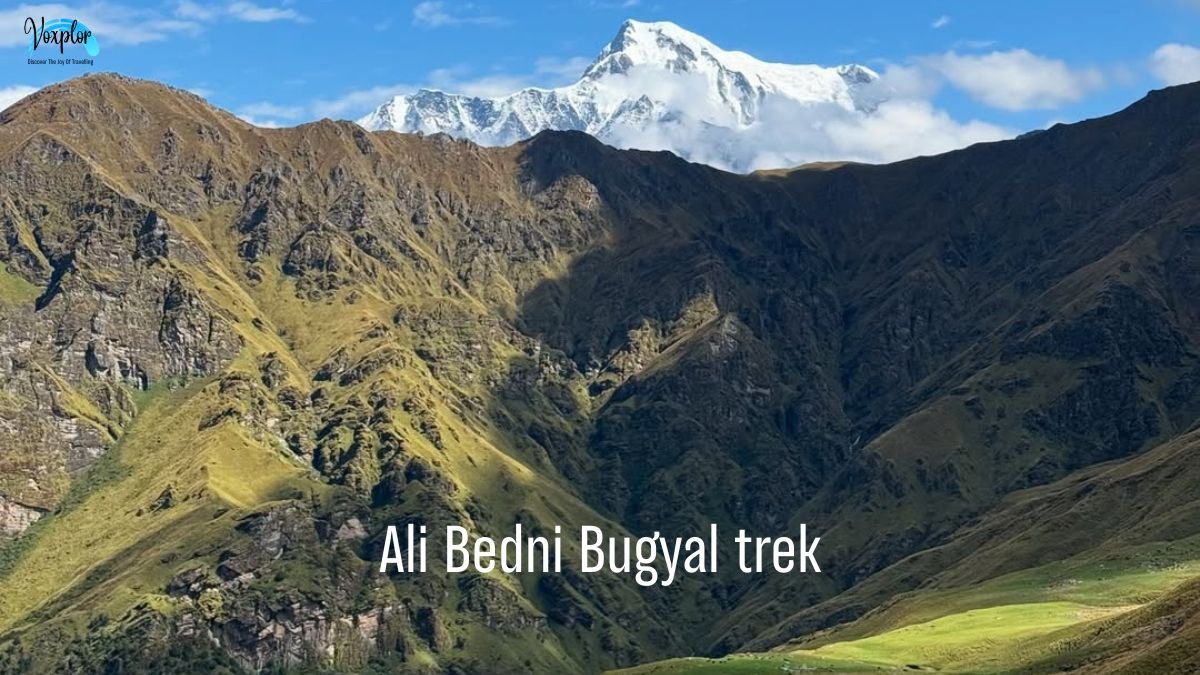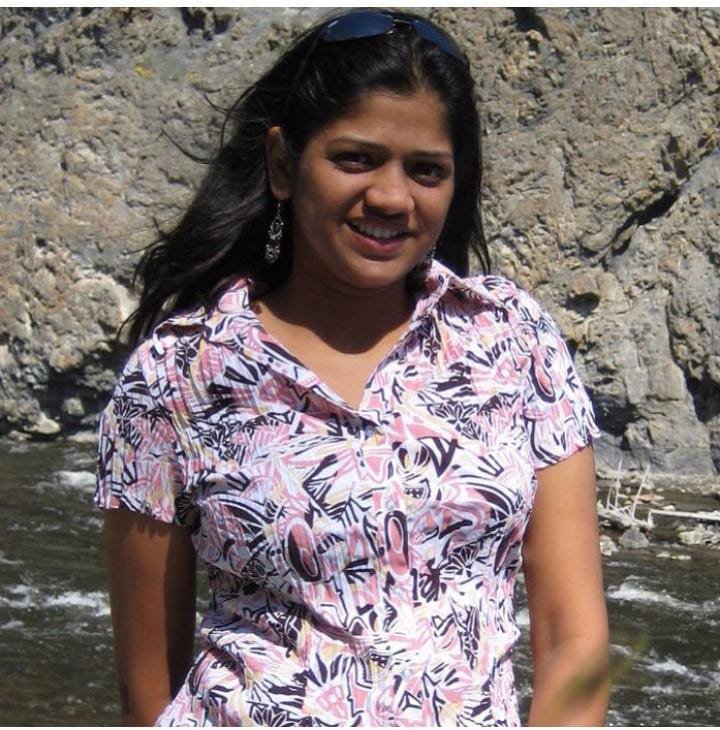There are some landscapes that pictures can never do justice to. You see them online—these vast, rolling, impossibly green meadows brushing against a backdrop of colossal snow-white peaks—and you think, “That can’t be real.” I’m here to tell you it is. And its name is Ali Bedni Bugyal trek.
I’ve been trekking in the Indian Himalayas for over a decade. I’ve seen my share of stunning valleys and challenging passes. But my first steps onto the boundless meadows of Ali Bugyal were different. It felt less like a trek and more like a pilgrimage to the very rooftop of the world. It’s a journey that recalibrates your sense of scale, beauty, and peace.
Before I went, I had a million questions. Is it really that beautiful? How hard is the climb? What do I need to know? Now that I’m back, my boots muddy and my soul full, I want to answer those questions for you. Think of this as a conversation, where I share everything I’ve learned from my time on this incredible trail.
About the Author:Hi, I’m V. I’m a travel blogger and trek leader who believes that the best stories are found on foot. The Garhwal Himalayas of Uttarakhand are my second home, and I’ve explored many of its trails. The Ali Bedni Bugyal trek, part of the legendary Roopkund trail, holds a special place in my heart for its sheer, overwhelming beauty. This guide is a collection of my personal experiences and the honest answers I wish I’d had before my first journey there.
Q1: Let’s start with the basics. What on earth is a “Bugyal”? And why is Ali Bedni so special?

This is the most important question, and the answer is the soul of the trek.
A “Bugyal” is a word from the local Garhwali dialect that means a high-altitude alpine meadow. But this simple translation is an injustice. A Bugyal is not just grass; it’s a sprawling, natural carpet of green that unfolds across the mountains, typically above the tree line (around 10,000 feet). They are fragile ecosystems, covered in snow in winter and bursting with wildflowers after the monsoon.
Now, why Ali Bedni? Because they are considered two of the largest, most pristine, and most spiritually significant Bugyals in all of Uttarakhand. They are, in fact, two separate but connected meadows. You first arrive at the breathtaking expanse of Ali Bugyal, and a short walk away lies the spiritually revered Bedni Bugyal, complete with a small, sacred lake (Bedni Kund).
What makes them truly special, and what made me stop dead in my tracks, is the view. From these meadows, you are treated to a jaw-dropping, 180-degree panoramic spectacle of some of the most formidable and sacred peaks in the Indian Himalayas. You are looking directly at the colossal, trident-shaped Mt. Trishul (7,120m) and the majestic Mt. Nanda Ghunti (6,309m). They are so close, so massive, they feel less like mountains and more like celestial beings watching over you.
This trek gives you the grandest mountain views for the least amount of extreme altitude gain. That’s its secret.
Roopkund Skeleton Lake Trek: A Himalayan Adventure to a Glacial Lake and Skeleton Lake (India)
Q2: Okay, I’m sold on the view. What does the journey actually look like, day by day?

It’s a journey of beautiful, dramatic transitions. You don’t just appear in the meadows; you earn them by walking through enchanting forests first.
Day 1: The Long and Winding Road to Lohajung (7,662 ft)
Your adventure begins with a long drive (8-10 hours) from Rishikesh or Kathgodam. The destination is Lohajung, a small, bustling mountain village that serves as the base camp for many famous treks, including Roopkund. The drive itself is beautiful, tracing the path of rivers and climbing into the clouds. The day is all about reaching the mountains and acclimatizing.
Day 2: Lohajung to Didina Village (8,045 ft)
The real walking begins. Today is a day of descent and ascent. You first descend to the Neel Ganga river, crossing it via a picturesque iron bridge. Then, the real work starts: a steep, continuous climb up to the beautiful, isolated village of Didina.
- My Experience: This climb is a wake-up call for your legs! But the reward is incredible. Didina is a cluster of traditional Garhwali homes, and staying in a homestay here, with a local family, is a far more authentic experience than camping.
Day 3: Didina to Ali Bugyal (11,320 ft)
This is the day the magic begins. You start with a challenging climb through a dense forest of oak and rhododendron. The air gets cooler, the trees get mossier. Then, suddenly, the forest ends. You step out of the tree line, and BAM. The world opens up into the vast, rolling meadows of Ali Bugyal.
- My Experience: I will never forget this moment. After hours under a dense canopy, stepping into that immense, sunlit expanse felt like being reborn. I just stood there for ten minutes, breathless from the climb and the view. We camped here, and watching the sunset paint Mt. Trishul in shades of orange and pink is a core memory.
Day 4: Ali Bugyal to Bedni Bugyal, then back to Ghairoli Patal (10,500 ft)
A relatively easy and incredibly scenic day. You walk across the connected meadows from Ali to Bedni Bugyal. You’ll visit the sacred Bedni Kund lake, with the reflection of the peaks shimmering in its still waters. After soaking it all in, you begin your descent, re-entering the forest to camp at Ghairoli Patal.
- My Experience: The walk from Ali to Bedni is the best ridge walk I’ve ever done. You have the meadows on one side and the deep valley on the other, with the Himalayan giants playing hide-and-seek with the clouds ahead of you.
Day 5: Ghairoli Patal to Lohajung via Wan Village
The final descent. It’s a long, continuous walk downhill through a beautiful, well-paved forest path. You’ll pass through the ancient village of Wan, with its famous Latu Devta temple, before the final stretch to the road head, where a jeep will take you back to Lohajung. The trek ends with a celebration back at base camp.
Q3: Be honest with me, Akash. How difficult is this trek, really?
I would classify the Ali Bedni Bugyal trek as Moderate. But let’s break down what that truly means.
- It’s NOT a beginner’s first trek. While it doesn’t involve any technical climbing, it demands a solid level of cardiovascular fitness. The climb from the Neel Ganga to Didina (Day 2) and the ascent to Ali Bugyal (Day 3) are long, steep, and unrelenting.
- It’s about endurance. The trekking days are long, averaging 5-7 hours. The descent on the last day is particularly hard on the knees.
- You need to be prepared for the altitude. You’ll be sleeping at over 11,000 feet, where the air is noticeably thinner. Proper acclimatization is key.
My advice: If you lead a reasonably active lifestyle (jogging, cycling, playing a sport regularly) and have maybe one or two easier treks under your belt, you will do just fine. If you are coming straight from a sedentary lifestyle, I strongly recommend a solid 1-2 months of fitness preparation.
Q4: What’s the packing situation? What are the absolute must-haves?
Packing smart is crucial. The mountains have a saying: “There is no bad weather, only bad gear.”
- The Right Footwear (Non-Negotiable): A pair of waterproof trekking shoes with good ankle support and a deep-treaded grip. Make sure they are well broken-in.
- The Layering System (Your Best Friend):
- Base Layer: Quick-dry synthetic T-shirts.
- Mid Layer: A warm fleece jacket.
- Outer Layer: A padded/down jacket for the cold nights and a waterproof/windproof shell jacket for rain and wind.
- Trekking Poles (Your Knee-Savers): A pair of trekking poles will change your life on the steep sections. They are a must-have, not a nice-to-have.
- Sun Protection: The sun at high altitude is incredibly harsh. You need a wide-brimmed hat, UV-protection sunglasses, and high-SPF sunscreen.
- A Good Backpack: A 50-60 litre backpack with a rain cover is ideal.
Q5: What about other important details? Best time to visit? Solo travel?
- Best Time to Visit:
- April to June (Spring/Summer): This is when I went. The rhododendrons in the lower forests are in full bloom, and the meadows are a vibrant, fresh green.
- September to November (Autumn): After the monsoon, the haze is gone, offering the clearest, sharpest views of the snow-capped peaks against brilliant blue skies.
- Can I do it solo? While it’s possible for experienced trekkers, I highly recommend going with a reputable trekking agency. The logistics are complex, and the trails can be confusing. It’s much safer and more enjoyable with a good team.
- Mobile Network? Forget about it. You might get a flicker of a BSNL signal in Lohajung, but once you start the trek, you are in a complete digital detox zone. Inform your family beforehand!
A Final Word: Why This Trek Stays With You
You come to Ali Bedni Bugyal for the views, but you leave with a sense of peace that’s hard to describe. It’s the silence of the meadows, the grandeur of the peaks, and the simplicity of walking for days with everything you need on your back. It’s a trek that reminds you of your own strength and your small, but significant, place in this vast, beautiful world.
If you have any more questions, feel free to ask. But my best advice is this: just go. You won’t regret it.


